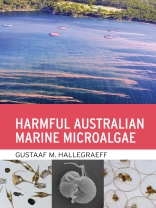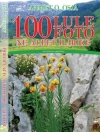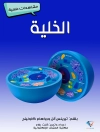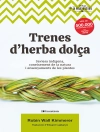Algal blooms have the potential to wipe out fish farms virtually overnight. Contamination of seafoods with algal toxins can poison human consumers of fish and shellfish. During the past two decades, globally there have been significant increases in economic loss and human health impact due to harmful algal blooms.
Harmful Australian Marine Microalgae offers fish and shellfish farmers information on how to effectively identify and monitor for the presence of algal species and take the appropriate species-specific countermeasures. Species descriptions are accompanied by a summary of the known distribution of the alga, its toxicology and, where available, suggestions for countermeasures. The book includes line drawings, light micrographs and electron micrographs to aid identification, as well as references and resources for further information. This guide will be valuable to fisheries and public health officials as well as all those involved in environmental water quality assessment.
İçerik tablosu
Preface
About the author
Acknowledgements
1. Introduction
Species descriptions
2. Dinoflagellates
3. Diatoms
4. Prymnesiophyta = haptophyta (golden brown flagellates with haptonema)
5. Chrysophyta, class Raphidophyceae (chloromonads)
6. Chrysophyta, class Dictyochophyceae
7. Other flagellates
8. Cyanobacteria (blue–green algae)
Glossary
Further resources
Picture credits
Taxonomic index
Subject index
Yazar hakkında
Gustaaf Hallegraeff is an authority on harmful marine microalgae and their impacts on the seafood industry. He is now Emeritus Professor at the Institute for Marine and Antarctic Studies at the University of Tasmania, following positions as Head of the School of Plant Science, and as a principal research scientist at CSIRO. He was awarded the Eureka Prize for Environmental Research and, in 2014, the Yasumoto Lifetime Achievement Award by the International Society for the Study of Harmful Algae. He has also contributed to a number of handbooks on harmful marine microalgae.












